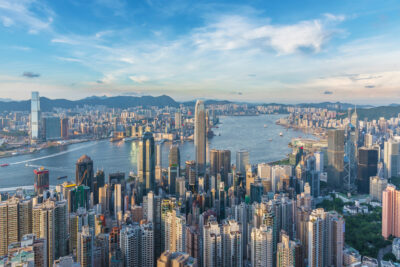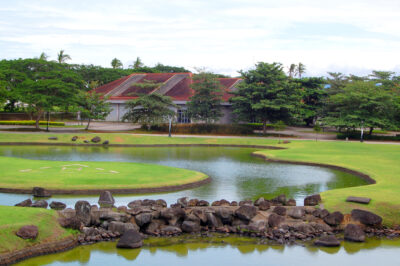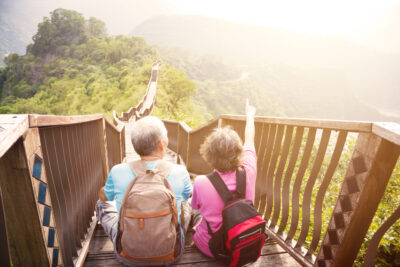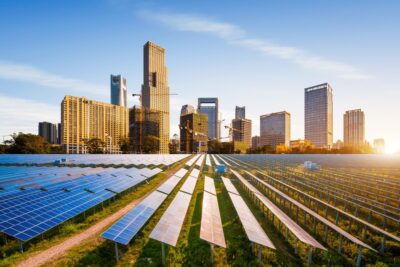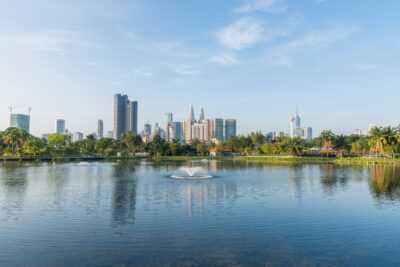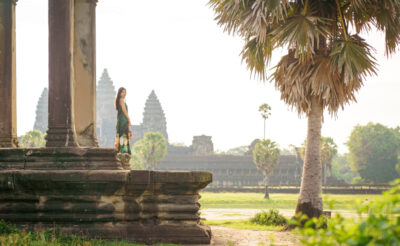Northern exposure: Niseko’s flourishing real estate attracts investors
Blessed with some of the best powder on the planet, Hokkaido—especially its star wintersports enclave Niseko—is turning investors’ heads due to its burgeoning real estate possibilities
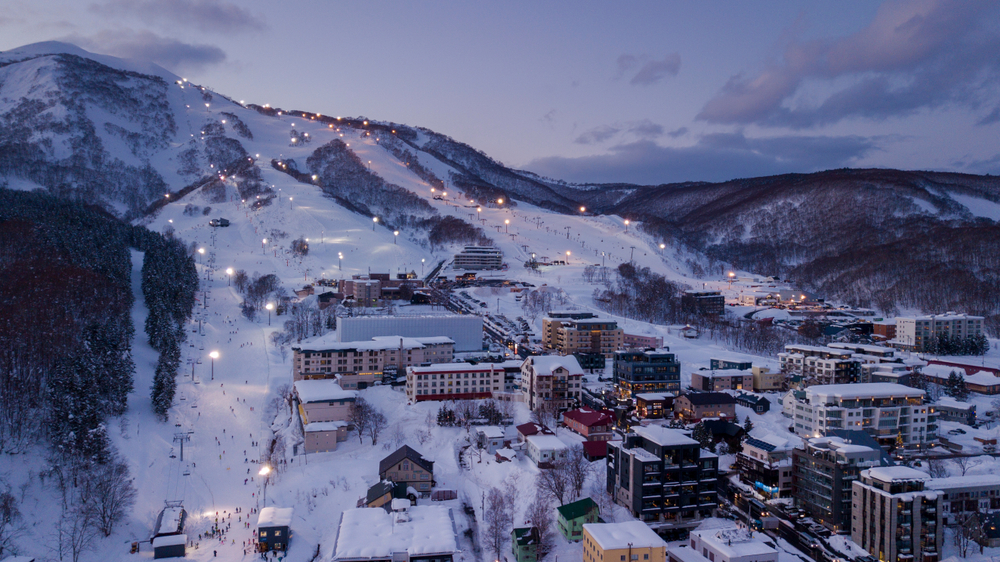
For centuries, Hokkaido was an isolated Narnia of myths and legends. The animist Ainu—who populated the northern island until its occupation and annexation by Japan in the late 1800 —believe every aspect of nature is enchanted by kamuy (spirits or gods), with a particular reverence for Kim-un-kamuy, the god of bears and mountains.
Even today, it is easy to see why the indigenous people worshipped Mother Nature. Hokkaido remains a largely unspoiled landscape of enigmatic peaks, forests, and coastlines where emerald summers ease into brilliant white winter months. And then there’s Niseko. Nestled in the foothills of the eponymous mountain range, the town is also something of an enigma. Over the last decade, this melting pot of high-octane activity and après-ski has gone from “undiscovered” to Asia’s undisputed premier ski resort.
“There aren’t many better examples of successful leisure property markets in recent years than Niseko,” says Bill Barnett, founder and managing director of Asia-based consultancy C9 Hotelworks and the chairperson of the PropertyGuru Asia Property Awards (Greater Niseko) judging panel.
The municipal area—technically a cluster of ski resorts also encompassing Hokkaido’s Mount Yōtei and Annupuri ranges—still lacks the reputation and connectivity of established winter resorts in Europe and North America, as well as permanent residency opportunities and world-class infrastructure. But the emergence of increasingly upscale communities, consistent snowfall, and easy access for Asian tourists and second-home buyers continue to contribute to Niseko’s ascent.
“Asia-based investors have been the driving force behind the town’s real estate growth, starting with wealthy Hong Kong professionals and gradually shifting towards Southeast Asian and mainland Chinese buyers in recent years,” says Eddie Guillemette, CEO of property management company Midori no Ki (MnK) and another Niseko Awards judge. “The typical demographic has stayed fairly consistent over time: foreign families and individual investors are the primary property buyers.
“Having said that, we are seeing more interest from Japanese individual and corporate buyers, which is encouraging.”
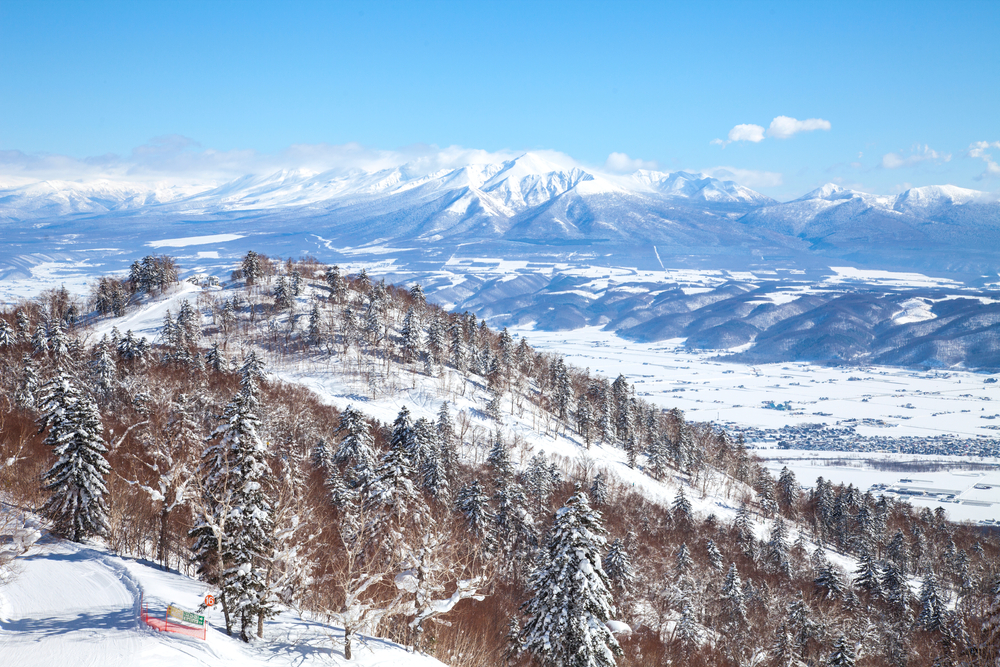
For a destination that has traditionally relied on converting tourism into property transactions, the pandemic hit Niseko’s market hard. And with overseas arrivals still severely restricted, many developers and agents have welcomed the uptick in domestic demand. Unlike international buyers who seek the conveniences of Niseko’s high-end Hirafu district, Japanese investors are often drawn to Niseko’s emerging enclaves, where plots, according to Guillemette, are up to 500% cheaper than comparable parcels closer to the slopes.
“Soaring real estate values in terms of percentage growth in Niseko have exceeded Tokyo’s glittering Ginza district,” Barnett says. “The result for developers has been that enormous underlying land values that raise risk and cut into profit have reached such heights that the inevitable geographic spread into peripheral Greater Niseko, in areas such as Hanazono, Annupuri Niseko Village, Minowa, and even to outlying Rusutsu.”
Asia-based investors have been the driving force behind the town’s real estate growth, starting with wealthy Hong Kong professionals and gradually shifting towards Southeast Asian and mainland Chinese buyers
About 30 minutes from Niseko, Rusutsu is famed for its three impressive peaks, powder snow, and clear skies. Until recently, the resort and almost all the surrounding land were owned by Kamori Kanko, Hokkaido’s largest tourism and hospitality company. As such, investment opportunities have been sparse. But this is changing with the arrival of Vale Rusutsu, a luxury ski-in ski-out residence comprising one-, two- and three-bedroom apartments and four penthouses starting from about USD460,000.
Many observers expect Rusutsu to follow a similar development trajectory to Kabayama. Located to the north of Niseko, the village remains a low-key alternative to the relative bustle of neighbouring Hirafu. “We branched out to Kabayama 15 years ago when we started our business,” MnK’s Guillemette explains. “The land prices are cheaper, the views are wonderful, and it is still within easy reach of the mountain and amenities.”
MkN’s flagship properties, Niseko Country Resort and The Orchards Niseko, are two of the main residential clusters that make up Kabayama. Both communities—which feature facilities on par with Niseko’s high-end hotel, including restaurants, a summer camp for kids, a playground, barbecue facilities, and a nature path—were developed with local architects and project managers rather than the usual large-scale construction companies.
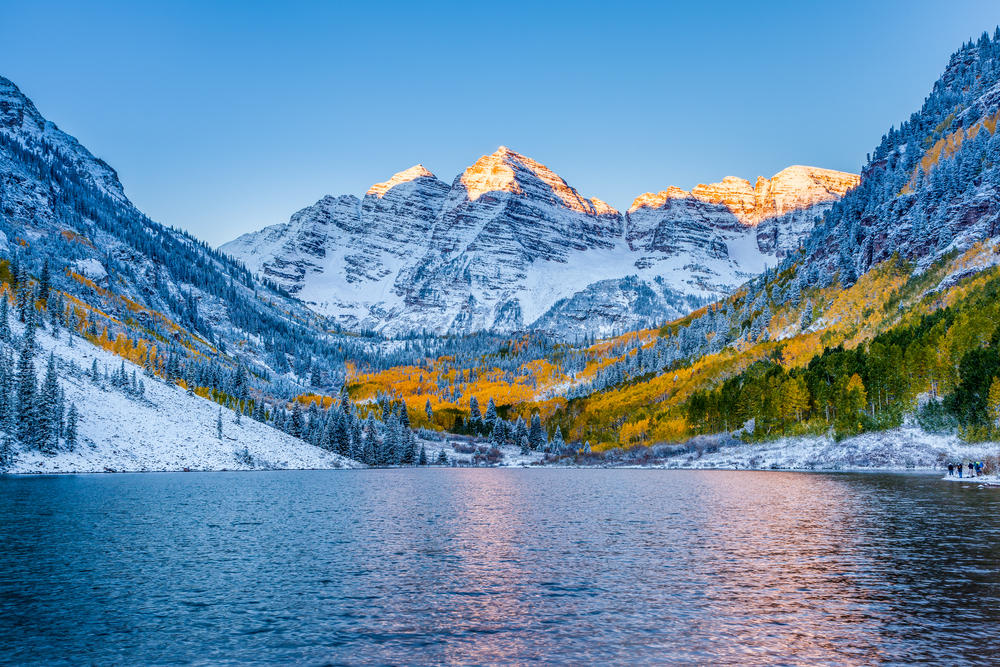
“The rationale is straightforward,” Guillemette adds. “There is a premium charged by integrated construction firms and developers, which, in some cases, can be 20% to 30% more expensive.
“For savvy buyers, there is no need to pay that when alternatives provide better value.”
The trend has also caught on with individual homeowners, especially those struggling to find homes that meet their requirements. According to Niseko Tourism, approval was granted for 132 new residential buildings—including apartments, houses, and hotels—in and around Niseko in 2019 and 2020, with a further 12 launched during the pandemic. Local agent Nisade estimates that about 40 of these were detached homes exceeding 200 square metres, typically costing at least USD2 million.
“Building costs in this area have gone up so much over the past few years, not to mention the price surge of building materials throughout the world caused by the pandemic and the conflict in Ukraine,” says Shigeru Uehara, architect and director of local firm Niseko Home Design. “Many high-end developments in Niseko are led by companies from the cities because of the unique design, uncommon facilities, and materials. But these projects involve more people between the clients and the builder, which adds to the overheads and overall costs.”

Still, properties in Niseko remain a relative bargain compared to established winter resort destinations in Europe and North America. In Aspen, prime property prices stand at around USD33,300 per square metre, with Vail not far behind at USD28,200, according to Savills Ski Prime Price League. Meanwhile, launch prices at the ultra-luxury Park Hyatt Niseko, which opened last winter on the slopes of Hanazono, started from roughly USD20,000 per sqm. The USD500-million property features 100 hotel rooms and 114 condo units—about half of which were purchased by Japanese buyers.
The upcoming Capella project looks set to further cement Hanazono’s reputation as an upscale enclave. It is the latest branded residence from a luxury global hospitality brand to debut in Niseko. Slated for completion in 2024, it will comprise two hotels and three condo hotels in a three-storey building with 540 rooms. In addition, 33 detached villas will be built for sale. Exclusive wellness resort brand Aman is also set to complete a property boasting 30 guest rooms and 31 residences on an expansive 187-hectare site next year.
“One has to imagine that the spread will create new opportunities but also flatten pricing in certain locations or products,” Barnett says. “As hotels come into the market, what will happen to resort condominiums that have represented the hospitality market for more than two decades? Can rental rates be matched with purpose-built all-season hotels?
“It’s a good storyline to watch.”
With significant infrastructure developments in the pipeline – including a sub-five-hour bullet train trip from Tokyo and a new regional highway – and a bid to host the 2030 Winter Olympics under consideration, Niseko isn’t short of compelling storylines. And while the resort’s next chapter may not be as mythical as the ancient Ainu legends, its fortunes remain inextricably linked to the sublime landscape and kamuy that possess it.
The original version of this article appeared in Issue No. 174 of PropertyGuru Property Report Magazine. Write to our editors at [email protected].
Recommended
Hong Kong’s homecoming: Housing market reawakens, will it weather the interest rate storm?
Hong Kong’s reopening has led to growing indications of a rebound in the territory’s struggling housing market
6 of the exciting areas to visit in Lipa, Batangas (PH)
With its cool weather, nature, and laid-back lifestyle, this city in Batangas Province is a rising star
Ok, boomers, Gen X’ers: Where are they now in their property journeys?
Ageing societies in Southeast Asia mean that catering to the requirements of mature investors will be a key challenge for developers
Pursuing a career in sustainability paves a path for a green, resilient, inclusive property sector
The Narrow Door Podcast Host Sam Oh speaks with World Bank Group's Angelo Tan on his career journey

